DIY Pest Control: What Works, What Doesn’t, and When to Call the Pros
DIY pest control can feel like a quick win — grab a can of spray, set a few traps, and problem solved, right? Not always. While some home remedies and store-bought products might help with minor pest issues, they often only scratch the surface. What you see crawling across the floor is rarely the full picture. And without a complete solution, pests usually come right back — sometimes worse than before.
Why DIY Only Goes So Far
For small, one-off problems — like a trail of ants on the counter or a buzzing fly — over-the-counter solutions can provide short-term relief. Ant baits, sticky traps, and wasp sprays might offer a temporary fix. But these tools rarely address the real issues: where pests are nesting, how they’re getting inside, or what’s attracting them in the first place. That’s where most DIY attempts fall short.
Rodents: Sneaky, Persistent, and Reproductive
Take rodents, for example. Many homeowners set a few traps and catch a mouse or two, only to find the scratching hasn’t stopped weeks later. Mice and rats are experts at hiding — and even better at multiplying. Missing even one small entry point can allow the cycle to continue indefinitely. And if bait is placed in the wrong spot, it can create a hazard for children and pets.
Cockroaches: Tough to Kill, Easy to Miss
Cockroaches are another challenge. You might kill a few with store-bought spray, but unless you find and eliminate the nest — often hidden deep behind walls or under appliances — the colony keeps thriving. Worse, some sprays cause roaches to scatter and relocate, making the infestation even harder to control.
Termites: The Silent Destroyers
When it comes to termites, DIY is almost never enough. Most homeowners don’t even realize they have a termite problem until damage is already done. These pests work silently behind the scenes, chewing through structural wood for months or even years before signs appear. By that point, it’s well beyond a weekend project.
Hidden Hazards of DIY Products
DIY treatments also come with risks. Too much product, improper mixing, or applying chemicals in unsafe areas can cause real harm. Just because it’s sold on a store shelf doesn’t mean it’s safe without the right precautions. Proper ventilation, placement, and dosage all matter — and without training, it’s easy to turn a small pest problem into a much bigger (and more dangerous) one.
Why Professional Pest Control Works
That’s where professional pest control makes a real difference. At Bug-A-Pest, we go beyond surface-level fixes. We identify the source of the issue, find entry points, assess damage, and design a treatment plan tailored to your specific home and pest type. Our team understands Ohio’s seasonal pest patterns and uses that knowledge to stay ahead of infestations.
We also rely on products and methods that are safe, effective, and long-lasting — so you’re not constantly cycling through DIY solutions. With quarterly service options, we don’t just solve problems; we help prevent them before they even start.
When It’s Time to Call in the Pros
There’s a time and place for DIY — but if you’ve been dealing with the same pest issue again and again, or you're unsure how serious it really is, it’s time to bring in the experts.
Bug-A-Pest Termite & Pest Control is here to take the guesswork out of pest control. Contact us today for a free inspection and find out how we can save you time, stress, and a whole lot of pest drama.
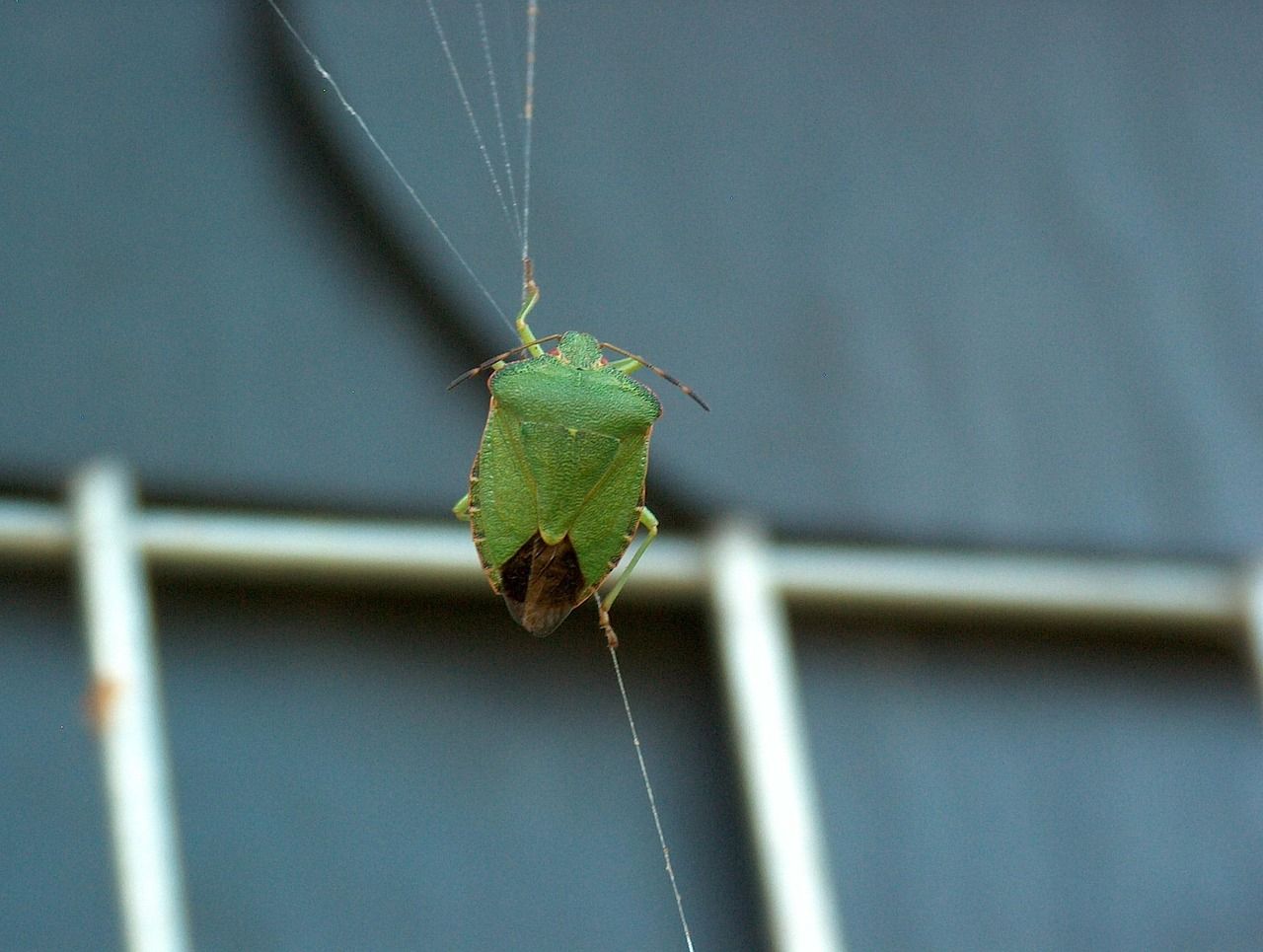

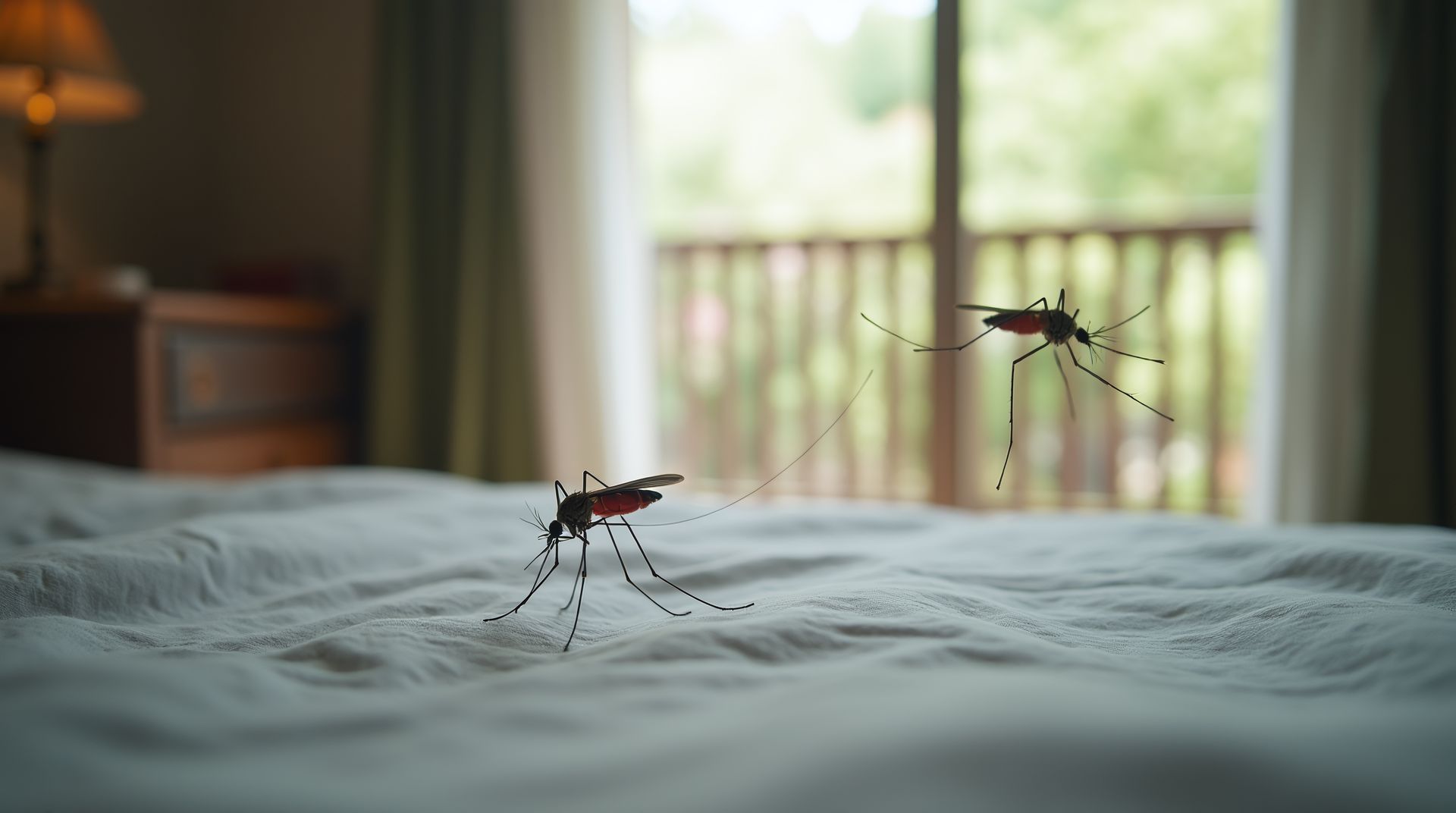
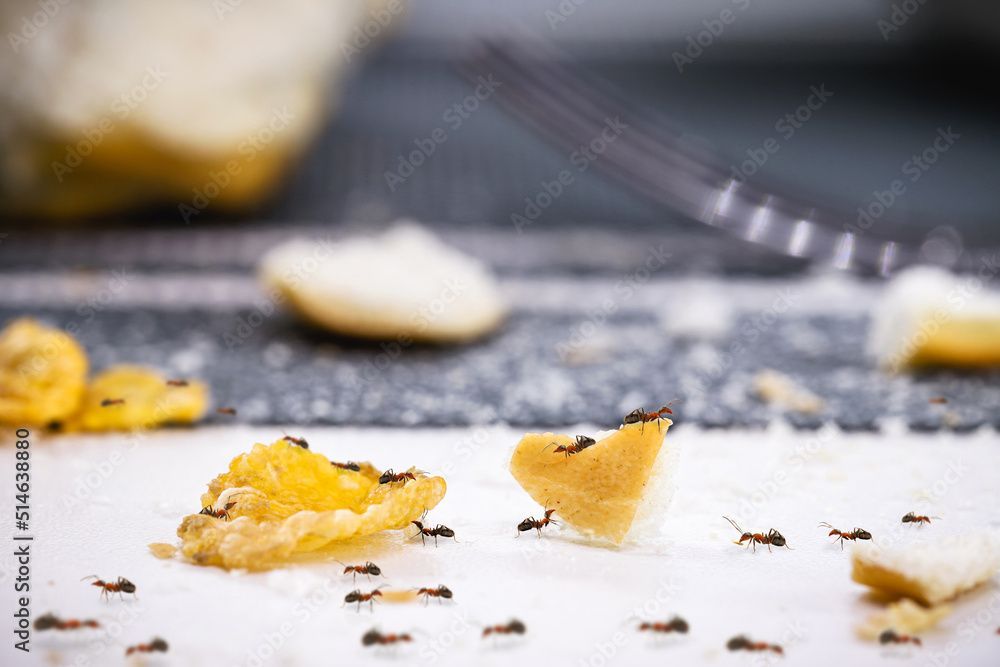

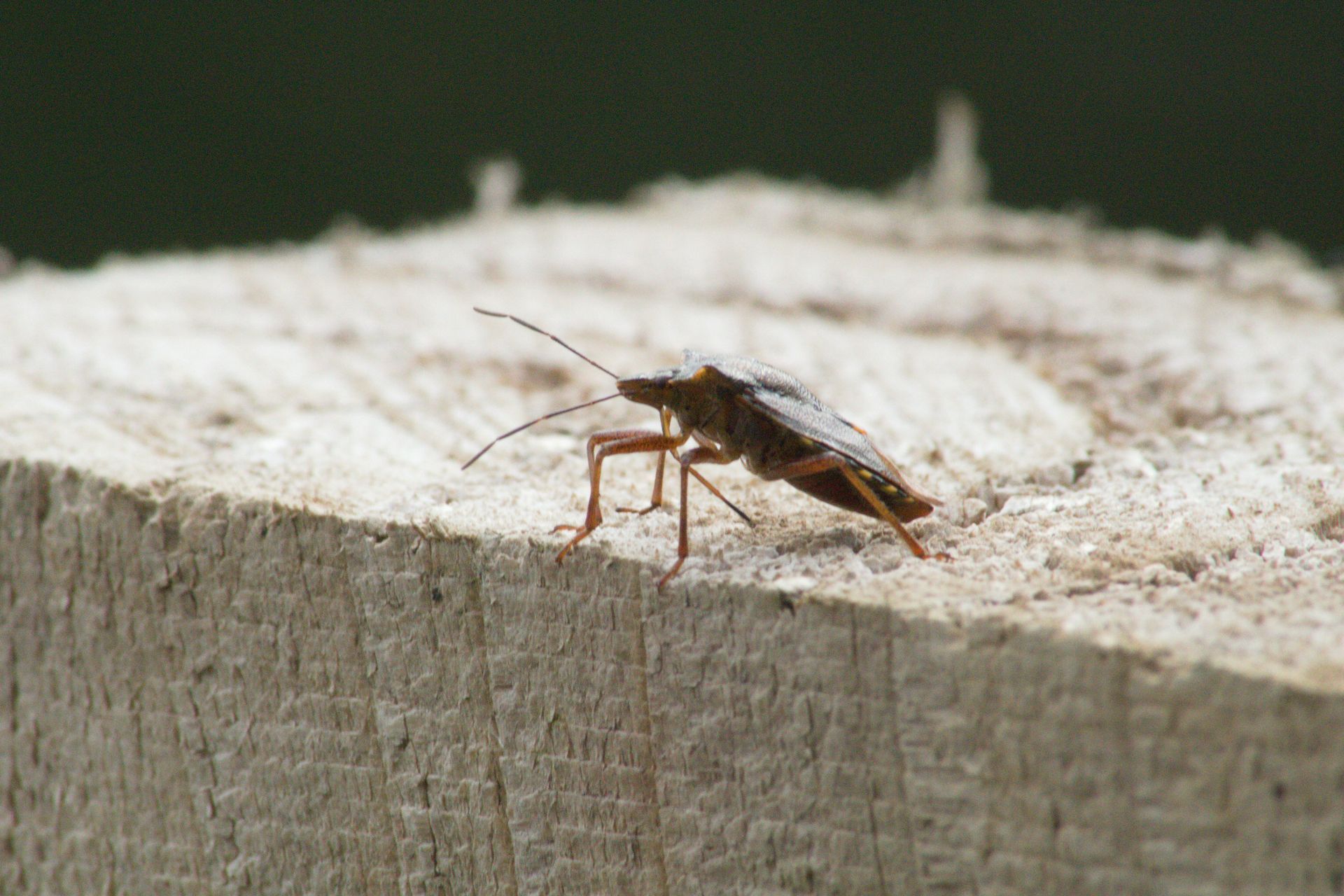
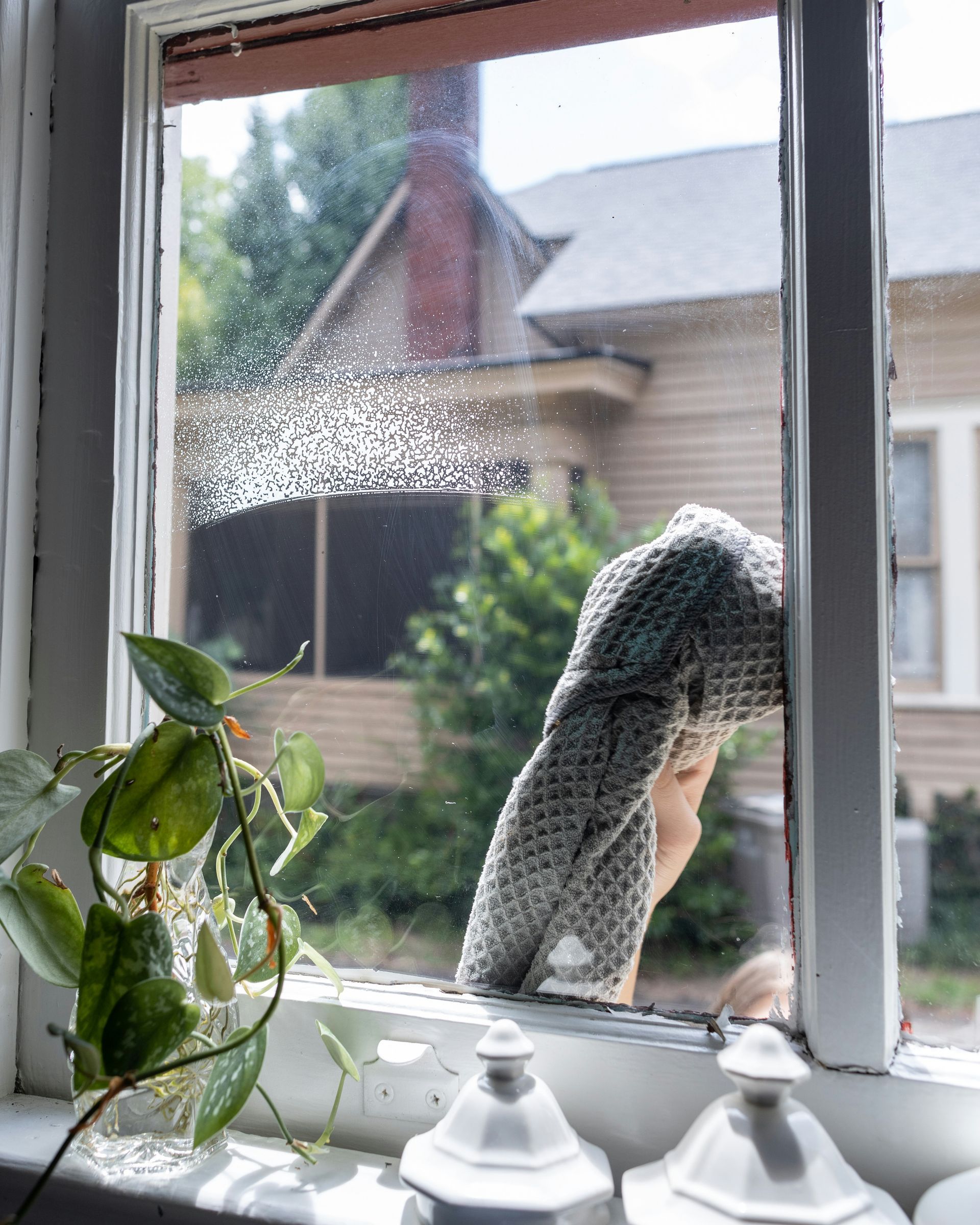
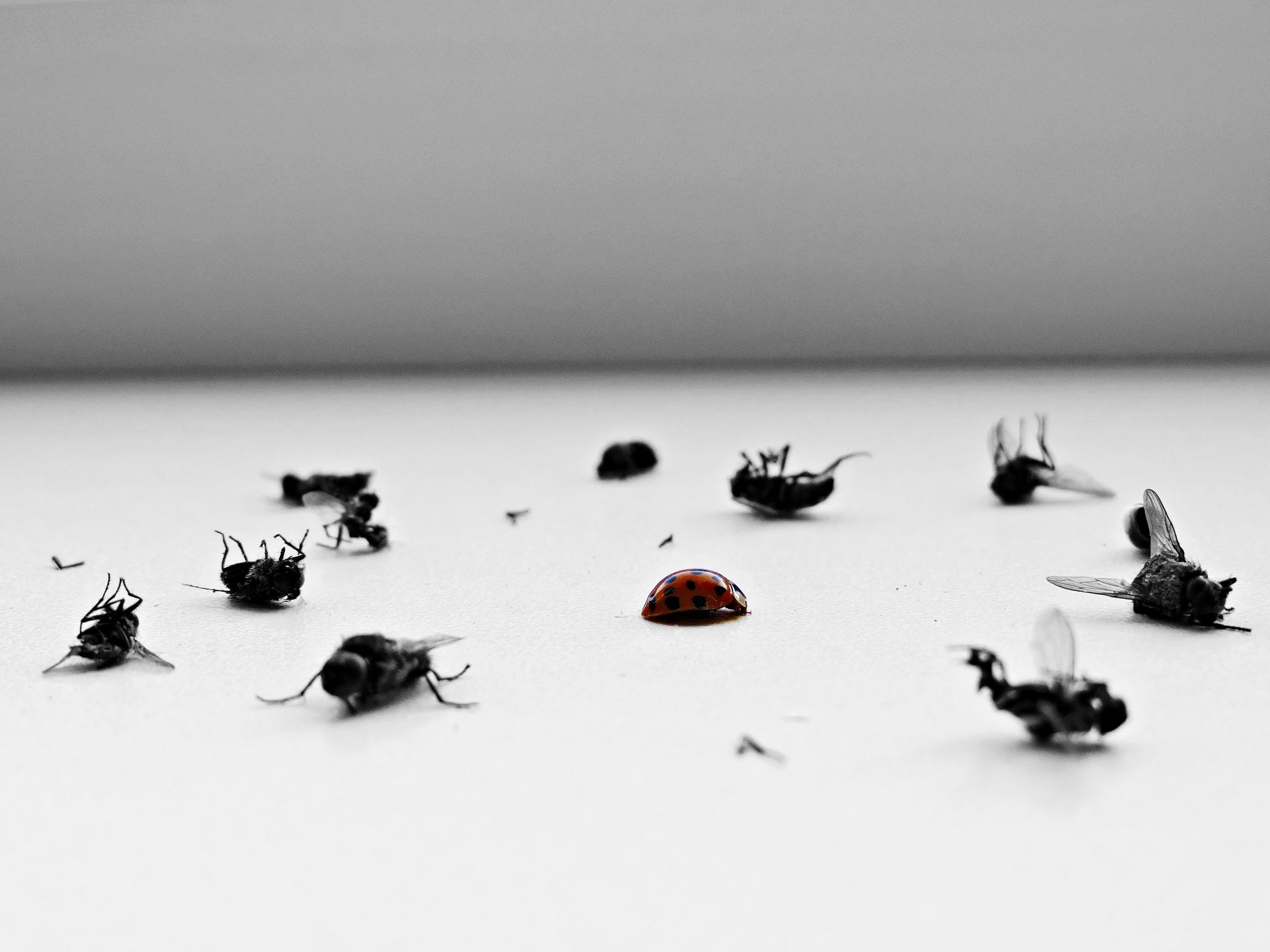
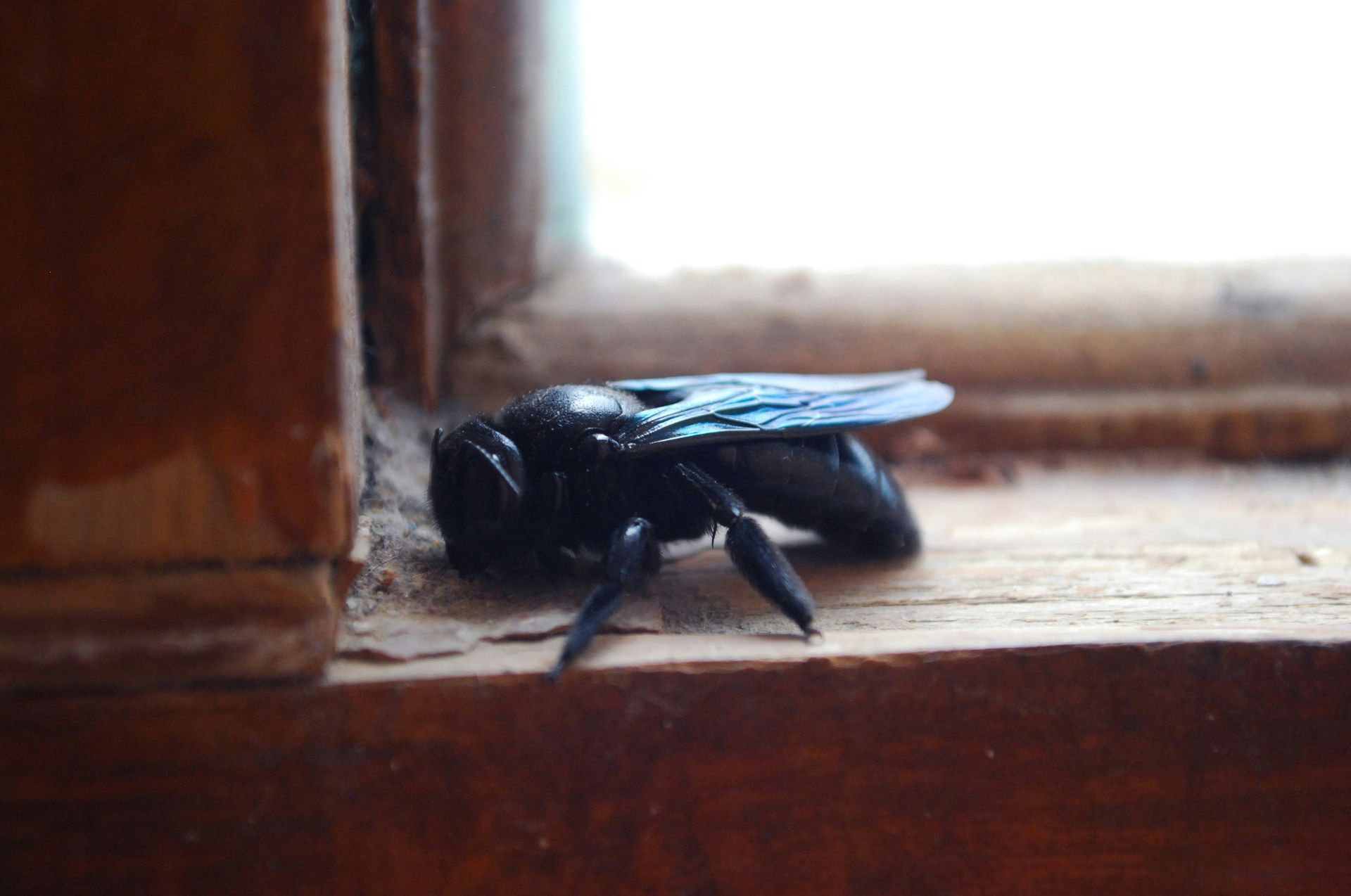
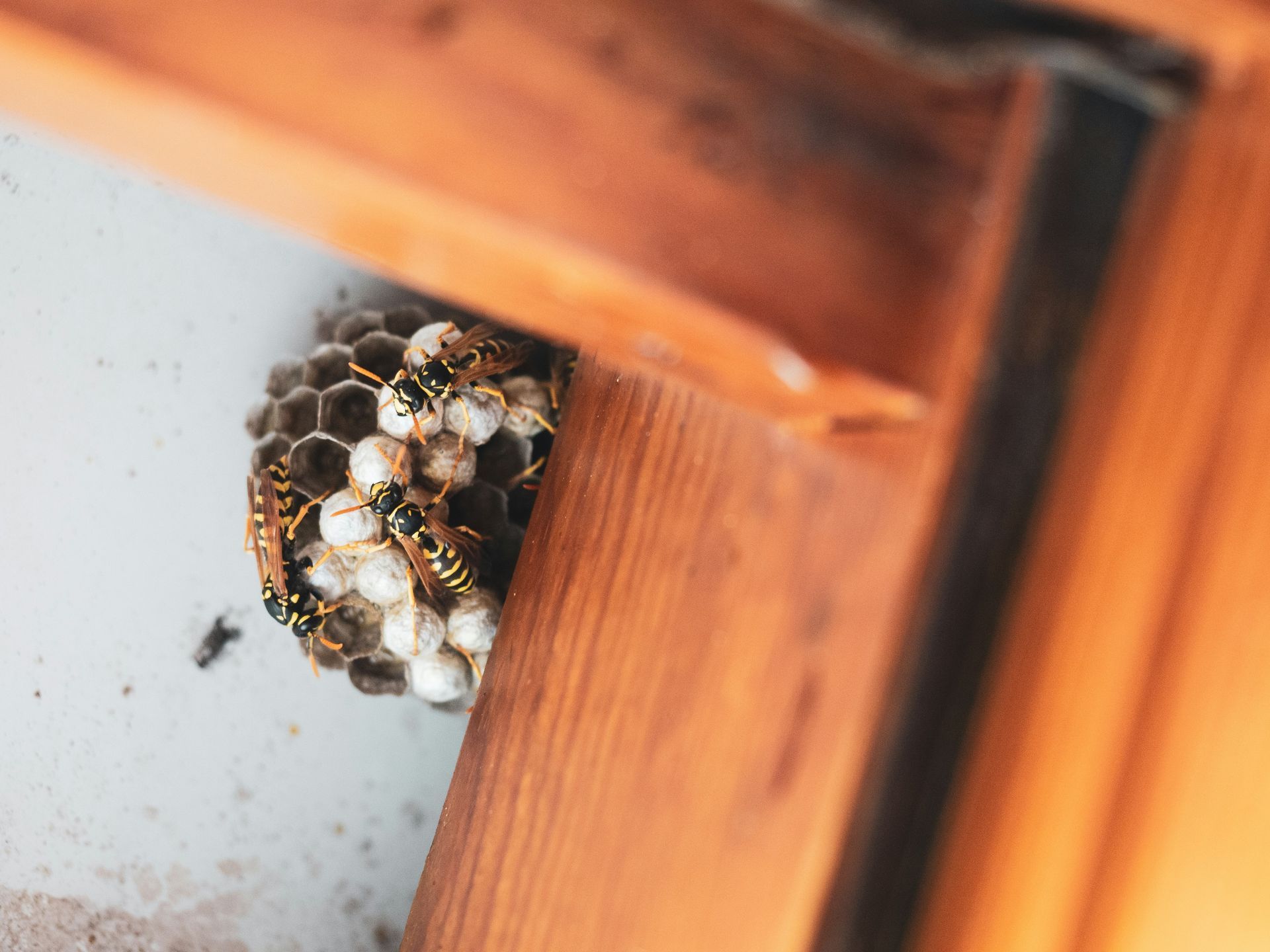
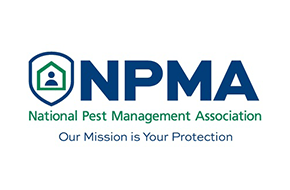
Share On: